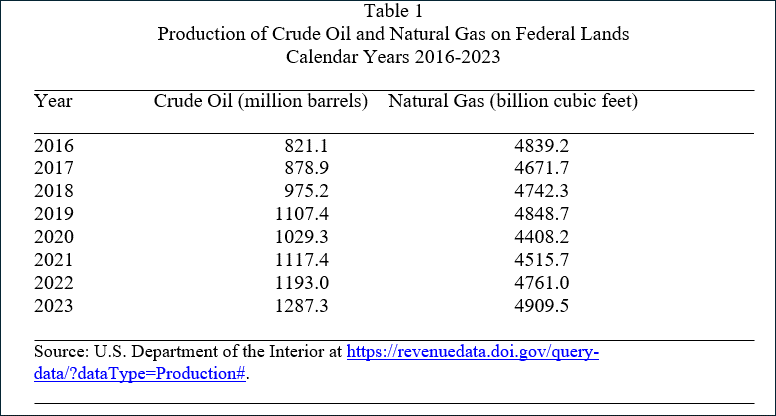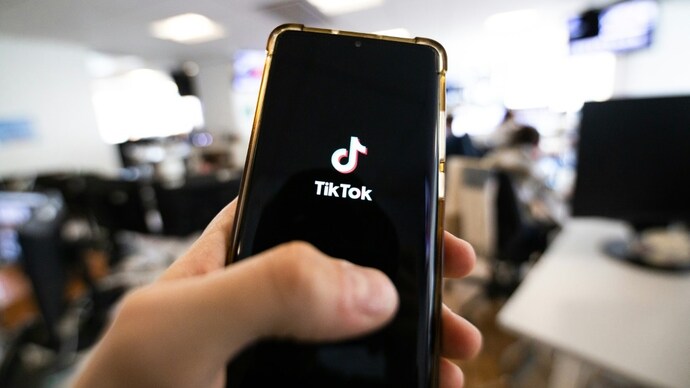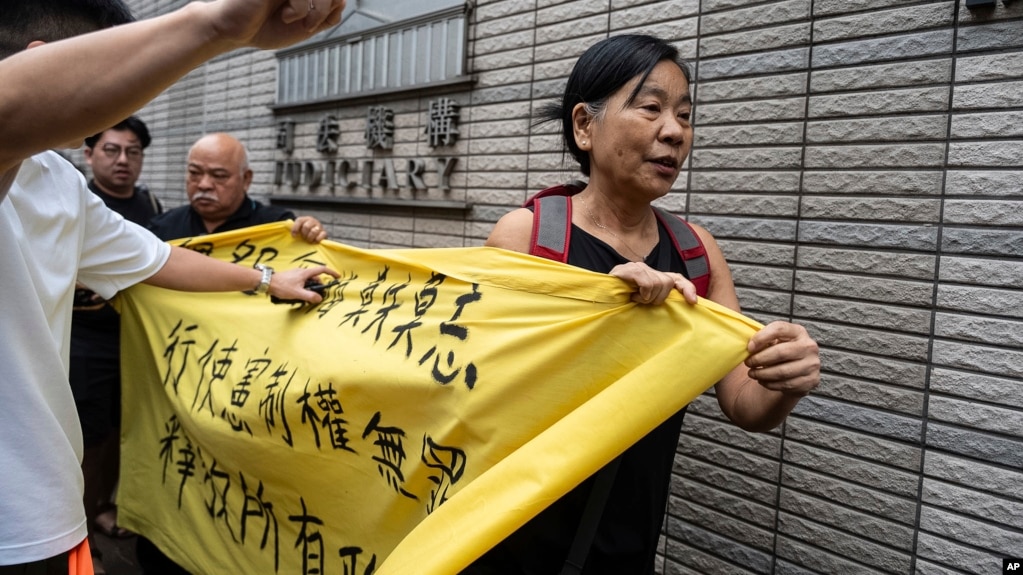Thailand's longan boom faces uncertain future as Chinese tighten grip on market
2024.09.16
Bangkok, Thailand
 Workers at a longan drying factory prepare longans to be dried before selling them to Chinese buyers in Phrao district, Chiang Mai, on August 17, 2024.
Workers at a longan drying factory prepare longans to be dried before selling them to Chinese buyers in Phrao district, Chiang Mai, on August 17, 2024.In the lush orchards of northern Thailand, a fruit known locally as "lamyai" has become the unlikely star of an international trade saga. Longan, with its translucent flesh and subtle sweetness, has carved out a dominant position in China's fruit import market. However, this success story comes with a complex web of challenges and risks that threaten the long-term sustainability of Thailand's longan industry.
In 2023, Thailand exported 327,296 tons of longan to China, valued at over US$400 million, accounting for 95% of China’s longan imports. While these numbers showcase success, they also reveal Thailand’s heavy reliance on a single market.
Niwat Kantawong, a 42-year-old dried longan exporter from Chiang Mai's Phrao district, offers a glimpse into the intimate relationship between Thai producers and Chinese buyers.
"It's as if they're controlling the production themselves," Niwat told BenarNews, an RFA-affiliated online news organization. "They oversee everything we do, staying for months at a time."

According to the Ministry of Commerce, in 2023, Thailand’s global longan exports totaled 16.5 billion baht (US$474 million), with China as the top destination, accounting for 12.9 billion baht (US$370 million) or 78% of the total.
This reliance on China highlights a power imbalance, as Chinese buyers, through local “Lhong” or packing houses, control prices and quality standards, leaving Thai farmers with minimal bargaining power.
"The current state of the longan market is completely controlled by Chinese merchants, both for fresh and dried longan," Niwat explains.
"When demand from China is high, prices are good, and everyone's happy. But when production exceeds their demand, dried longan factories and longan orchard owners struggle. The bargaining power is entirely in the hands of Chinese merchants."
Data from the International Institute for Trade and Development, or ITD, shows that China's fruit imports, particularly tropical fruits, have been steadily increasing since 2016, reaching US$16.85 billion by 2023. ASEAN countries, including Thailand, Vietnam, the Philippines, Malaysia, and Indonesia, are the main suppliers.
Thailand's longan production for 2024 is projected at 1,438,137 tons, a 2% rise from 2023. The northern provinces, especially Chiang Mai and Lamphun, are the key production areas, expected to produce 994,953 tons, or 69% of the total.

Deputy Prime Minister Phumtham Wechayachai emphasized that the government will plan ahead to address potential agricultural issues, while farmers must take responsibility for maintaining the quality of their produce.
“We aim to solve problems in a timely manner, ensuring people are well cared for and stay competitive in global markets,” told the media in late August.
He noted that Cambodia, Thailand’s main competitor in longan exports to China, increased its market share from 0.5% to 5% in 2023, highlighting the need to maintain high standards for Thai longan to keep prices competitive.
Chinese control the market
Middlemen play a crucial role in Thailand's longan and other fruit markets, operating through fruit packing houses or Lhong. The Office of Farmers' Reconstruction and Development Fund has noted that some of these packing houses are nominees of Chinese merchants, who may be married to Thai nationals or use Thai fronts while the capital remains Chinese. These operations often create problems, particularly in depressing the prices paid to longan growers.
Chawanwit Jaikard, a 27-year-old new generation farmer growing longan in Banhong district, Lamphun, states, "In the longan purchasing market, even though we have Thai-owned Lhongs, most are actually nominees of Chinese capital. Even for truly Thai Lhong, the final destination of the longan is still the Chinese market."
"The prices are set the same whether it's a Thai or Chinese Lhong. We really can't escape their influence, especially with the government welcoming Chinese investment," Chawanwit told BenarNews.
The pricing power of Chinese Lhong creates uncertainty for farmers, who cannot predict whether prices will cover their production costs. If prices fall in a year when they've already invested, farmers may face losses and debt. Given that longan trees take years to mature and produce fruit only once a year, a single misstep in investment can have long-lasting effects.
"For example, in years with high longan production, Lhong lower their purchase prices or, in extreme cases, stop buying altogether," Chawanwit explains.
"In years with low production, like 2024, longan prices are good because overall production is lower, so Lhong have to set higher purchase prices to secure products. Then politicians take credit, claiming prices are better because of the government."

Chinese Lhong can set purchase prices and quality standards as they wish, bearing little risk while monopolizing the longan market. Longan orchard owners must accept the fate determined by these buyers. Chawanwit also notes that this situation is leading to a decline in the number of longan farmers.
"Gen Y and Gen Z, like me, often opt for steady salaried jobs or more stable work than longan farming," he says.
"The memory of family members in debt due to longan farming and the lack of stable income drives younger people to seek work elsewhere. Only some Boomers, Gen X, and a few Gen Y continue longan farming. In extreme cases, some decide to sell their orchards because there's no one to continue the work."
A 2022 research project by Li Jun Wang from Chiang Mai University's Social Science Faculty, titled "'Lhong Jin' and Changing Livelihoods of Longan Farmers in Lamphun Province," found that the entry of Chinese Lhong has greatly impacted local farmers. The study highlights their loss of bargaining power and increased dependence on these buyers.
"While the expansion of Chinese Lhong offered export opportunities, it led to the loss of longan varieties and market monopolization, creating new risks and lifestyle changes for farmers," the study states.
Need for diversification
Donlawat Sunsuk, a researcher at a Thai think-tank, The Glocal, highlights that dried longan has historically been a popular export to China, often seen as a luxury health food and given as gifts during festivals. However, he notes that changing demographics in China may shift consumption patterns, as younger generations may be less inclined to buy longan as gifts.
“The longan export industry must adapt by developing new products and exploring markets beyond China,” Donlawat told BenarNews.
In late July 2024, Rangsan Maneerat, a member of parliament from Lamphun province, proposed a "Longan Strategy Act" in the House of Representatives. This draft law suggests establishing a "Longan Strategy Committee" to address issues in the industry.
"We want to see solutions to unfair longan pricing, the application of scientific research to develop value-added longan products, and relevant ministries negotiating new markets for longan," the Lamphun MP stated while proposing the draft law in the House of Representatives.

Niwat agrees that more diverse processing methods and new markets are the way forward for the entire longan industry.
"Currently, dried longan fetches the best price, but it's heavily dependent on the Chinese market," he says.
"If one day they stop buying, the entire Thai longan system could collapse. We should find new processing methods and new markets. I'd like to try making spirits, beer, or wine from longan, so we're not just exporting to China alone."
BenarNews is an RFA-affiliated online news organization.










